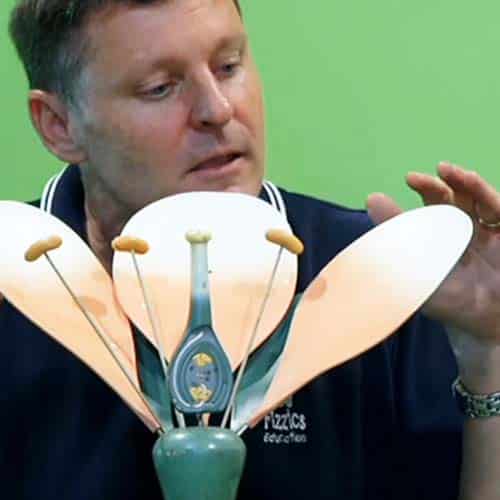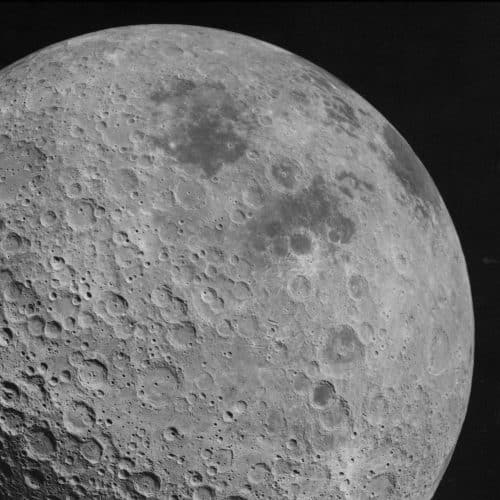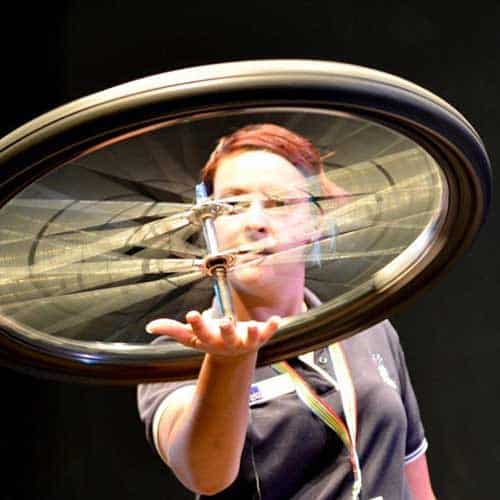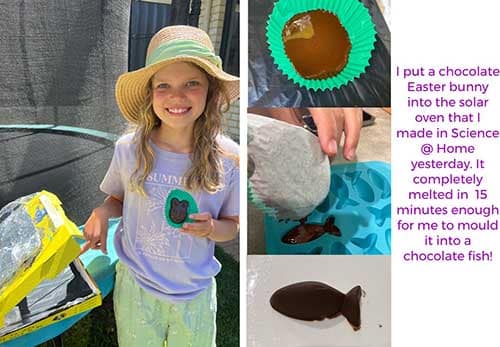Week 1 Science @ Home Program
The Living World
- Covers plants, insects, human body, dinosaurs
- February 10 to March 1 at 2:00pm AEDT (Sydney UTC +11)
You can convert your timezone here
Optional materials needed for hands-on activities
February 10
- Mixing bowl or container,
- water
- yellow food colouring
- red beads/legos/lollies e.g. jubes
- white beads/legos/lollies e.g. small marshmallows
- confetti/sprinkles e.g. hundreds and thousands
- spoon for mixing
- measuring cups or spoons
February 11
- Something to make imprints in (e.g. playdoh, plasticine, modelling clay, blu-tack, or a small bowl of flour or sand)
- Something to make imprints of (e.g. shells or small toys or coins)
February 12
- Skewer/toothpick
- colour pencils or textas
- blank paper
- flowers, leaves or seed pods (at least one flower would be great)
February 13
- Some paper for drawing on (baking paper works well)
- coloured crayons or pencils, coins or leaves with distinct veins
February 14 – TRIVIA
We will be using Kahoot! Your child can participate by opening a new browser window and going to kahoot.it on the same device used to join the webinar, OR use a second device to play while simultaneously watching the webinar…whichever suits! You can help your child by opening the page before the workshop, and all they have to do later in the session is type in the game code.
Curriculum links
Australian ACARA Content Outcomes:: Science
- Living things have basic needs, including food and water (ACSSU002).Living things have a variety of external features (ACSSU017).
- Living things live in different places where their needs are met (ACSSU211).
- Living things grow, change and have offspring similar to themselves (ACSSU030).
- Living things can be grouped on the basis of observable features and can be distinguished from non-living things (ACSSU044).
- Living things have life cycles (ACSSU072).
- Living things have structural features and adaptations that help them to survive in their environment (ACSSU043).
NSW Science & Technology Syllabus Content
A student:
- STe-3LW-ST
explores the characteristics, needs and uses of living things - ST1-4LW-S
describes observable features of living things and their environments - ST2-4LW-S
compares features and characteristics of living and non-living things - ST3-4LW-S
examines how the environment affects the growth, survival and adaptation of living things
Victorian F – 10 Science Curriculum
- Living things can be grouped on the basis of observable features and can be distinguished from non-living things (VCSSU057)
- Different living things have different life cycles and depend on each other and the environment to survive (VCSSU058)
- Safely use appropriate materials, tools, equipment and technologies (VCSIS067)
- Scientific understandings, discoveries and inventions are used to inform personal and community decisions and to solve problems that directly affect people’s lives (VCSSU073)
- Living things have structural features and adaptations that help them to survive in their environment (VCSSU074)




























I just wanted to pass on how much the staff and students really enjoyed it and how perfect it was to launch our science week activities. The students were enthralled, educated and entertained – a perfect trifecta!
-Caulfield Grammar School – Big Science Big FunThanks so much for presenting at our school on Monday. Our students enjoyed the show.
-Greenvale Primary School – Big Science Big FunFizzics Education curated a thoughtful and hands-on experience for the children, incorporating practical, skill-based learning activities and followed by a science presentation at the end of the event involving liquid nitrogen. This was delivered safely and effectively, capturing both the children and the parents for the duration of the presentation.
-Macquarie Bank – Family Fun DayFizzics Education ran a show today at our school and it was wonderful. He was a great facilitator and the show was age appropriate and well done.
-Mount Zion Early learning centre – Little Science Big FunI just wanted to pass on how much the staff and students really enjoyed it and how perfect it was to launch our science week activities. The students were enthralled, educated and entertained – a perfect trifecta!
-Caulfield Grammar School – Big Science Big FunThanks so much for presenting at our school on Monday. Our students enjoyed the show.
-Greenvale Primary School – Big Science Big FunFizzics Education curated a thoughtful and hands-on experience for the children, incorporating practical, skill-based learning activities and followed by a science presentation at the end of the event involving liquid nitrogen. This was delivered safely and effectively, capturing both the children and the parents for the duration of the presentation.
-Macquarie Bank – Family Fun DayFizzics Education ran a show today at our school and it was wonderful. He was a great facilitator and the show was age appropriate and well done.
-Mount Zion Early learning centre – Little Science Big Fun